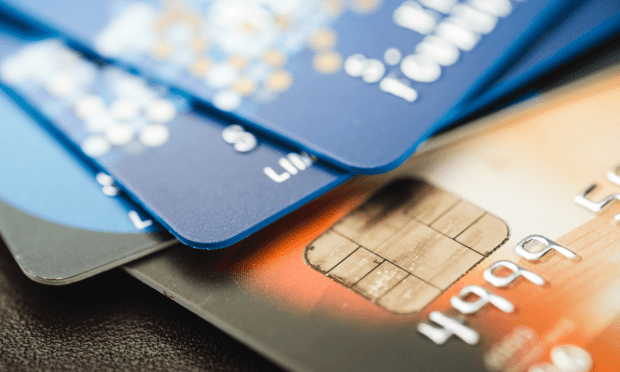NY Fed: Consumers Stick With Credit Cards as Balances Grow

Consumer credit demand has been on the decline this year, except when it comes to new applications for credit cards.
That’s according to the latest Credit Access Survey from the Federal Reserve Bank of New York’s Center for Microeconomic Data, which also found that consumers say they will likely apply for more credit cards, even in a time of record card debt.
Released Monday (Nov. 21), it found that “application rates for any type of credit remain below pre-pandemic levels for those with credit scores below 680 but are higher for those with credit scores over 760.”
Meanwhile, reports of rejection rates on credit applications climbed slightly overall but declined in terms of new credit card applications.
“The strength in credit card demand and access coincided with the record growth in credit card balances over the past year,” the center said in a news release.
In the year ahead, households say they’ll be less likely to seek loans for new cars, homes, or mortgage refinancing, but say it’s more likely they’ll apply for a credit card, or for an increase to their credit card limit.
Last week, the center released findings from the survey showing that credit card balances had risen by $38 billion, a 15% year-over-year increase that is the largest in more than 20 years.
Recent research by PYMNTS and LendingClub shows that 40% of Americans plan to use some form of financing — whether that means credit cards or buy now, pay later programs — to manage their holiday spending.
In an interview with PYMNTS on Monday, LendingClub Financial Health Officer Anuj Nayar said he found that trend disturbing.
“If you’re using credit cards for convenience, knock yourself out,” Nayar told PYMNTS. “But most people are not.”
“Credit card debt is at an all-time high. Credit card rates are reaching all-time highs,” he added. “What the report showed was that, specifically for those who are struggling to pay their bills, they are almost saturating their credit card balances. They have on average, I think, a $4,500 balance, and they are at 97% of that.”
